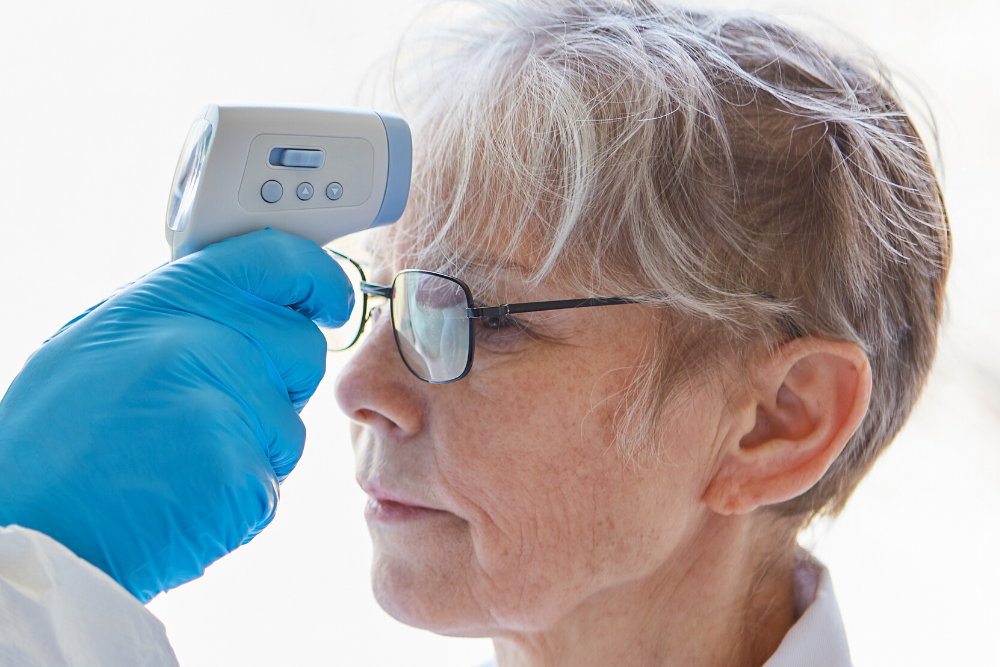By
Jeanette Coleman, SPHR & SHRM-SCP
on
Apr
13,
2020
4 min read
0 comment(s)

The number of states and counties in the U.S. with shelter in place orders to help slow the spread of COVID-19 continues to grow with some sources estimating more than 220 million Americans in 26 states are at home. As a result, businesses not considered “essential” have been forced to temporarily close their doors or ask their employees to work from home. While the Kansas City Metro has been under a shelter in place order since Tuesday, March 24, 2020, recently Kansas Governor Laura Kelly placed the state of Kansas under a shelter in place order effective Monday, March 30, 2020.
While the amount of unemployment claims have been record-breaking, it is business as close to usual as possible for companies deemed essential (see Kansas’ definition of essential here). But as these essential businesses continue to operate during the pandemic, their leaders have been tasked with keeping their workplaces healthy — not only from the risk a customer could transmit the illness to an employee, but from the risk an employee could transmit the virus to other employees, customers or vendors.
If you own or manage one of these essential businesses, you may be wondering what you can do to help prevent the spread of COVID-19 in your workplace. In fact, our HR experts have increasingly been asked whether or not employers can take employees’ temperatures upon entering the workplace and how much they can ask when an employee calls in sick to work to help determine if the individual may have COVID-19. Jeanette Coleman, Director of Human Resources here at Axcet HR Solutions, provides guidance for employers in this blog post.
Can an ADA-Covered Employer Take its Employees’ Temperatures Upon Arrival to the Workplace Amid the COVID-19 Outbreak?
Answer: In short, yes, but it’s really not that clear cut. Here’s why: The Equal Employment Opportunity Commission (EEOC) updated its Pandemic Preparedness in the Workplace guidelines, originally established during the 2009 outbreak of H1N1, to apply to the COVID-19 pandemic. According to the EEOC, once a pandemic becomes widespread in the local community, as assessed by state or local health authorities or the CDC, then employers may measure employees’ body temperature to determine fever. Since health authorities did in fact acknowledge COVID-19 to be community spread as of March 2020, technically, employers may measure their employees’ body temperature. All information obtained from measuring body temperatures is subject to ADA confidentiality.
But, here’s where it’s not so clear cut and why employers should be careful: Not all individuals with COVID-19 will have a fever and not all individuals with a fever have COVID-19. So, what information do employers really gain from taking their employees’ temperatures?
Other things to consider before going down this path include what type of thermometer you will use, will employees be paid for their time waiting to get their temperatures measured, what will you do if an employee refuses to have his/her temperature taken and if you send a worker home with a fever, how will employee pay be handled?
On the flip side, if measuring workers’ body temperatures slows the spread of COVID-19 and has the ability to save a life, it may be worth it. In the end, it’s best to thoroughly think out the pros and cons and be prepared for situations that may arise. And remember, even if all of your employees are fever free, it doesn’t mean they are free of the coronavirus. Therefore, all CDC recommendations on sanitizing, social distancing and PPE should still be at the forefront in your pandemic response plan.
How Much Information is an ADA-Covered Employer Allowed to Request from Employees Who Become Ill at Work or Call in Sick?
Answer: According to the EEOC, employers may ask employees questions about their symptoms to help determine whether or not those individuals may have COVID-19, even if disability-related, because the COVID-19 pandemic poses a direct threat. Similarly, all information obtained from measuring body temperatures is subject to ADA confidentiality. Questions must directly relate to symptoms of COVID-19, including fever, chills, cough, shortness of breath or sore throat. A word of caution, employers should be very careful to stay away from open-ended questions that could reveal a longer-lasting condition.
With an increasing number of states and counties implementing shelter in place orders, it is important to show employees you are taking necessary steps to protect their health and safety in the workplace, but employers need to understand the pros and cons before adopting new practices. In addition to screening employees for fevers and asking the right questions when workers become ill, other safety measures should remain at the forefront of your pandemic response plan and include having plenty of handwashing stations with soap, hand-sanitizer, personal protective equipment (when required), touchless trash receptacles for facial tissue, disinfectant for commonly touched surfaces, including work stations, and modified operations for social distancing. Taking appropriate measures will help employees with essential roles feel more at ease when reporting to work at your business during the coronavirus pandemic.
For more information on how Axcet HR Solutions can help your business become and remain human resources compliant visit our website.
Let us know what you think...